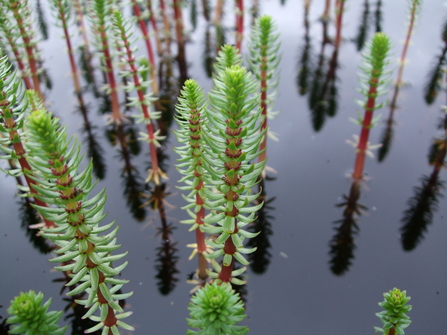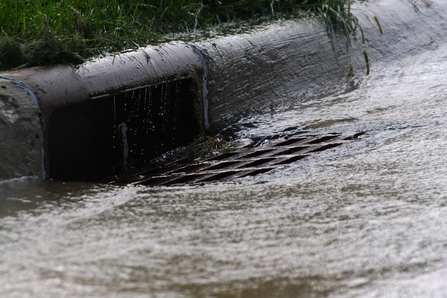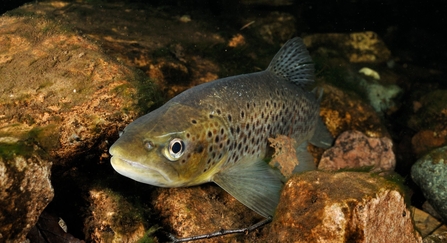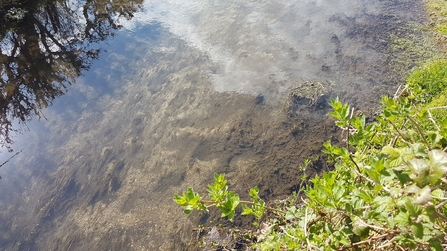In a country that has more grey days than bright ones, hot weather is usually cause for celebration. But while many in the UK made the most of the recent heatwave, others were more than a little concerned. As temperatures hit a record-breaking high, we saw the uglier side of the sunshine: warped roads, house fires, and sagging power lines.
Humans weren't alone in feeling the heat, and there were reports of distressed wildlife nationwide. We now know that average annual temperatures are rising faster than many species can evolve the traits to match. Those that are less adaptable - or already vulnerable - may even face extinction, especially if damaged habitats make survival a struggle in all four seasons.
Our local chalk streams, for example, provide a steady flow of cool, clear, oxygen-rich water all year round. These unique qualities are of immense value to wildlife, but climate change could negate them entirely. Intense rainfall in the colder months will bring its own hurdles, but today let's look at how rising temperatures will affect these globally rare ecological oddities.





